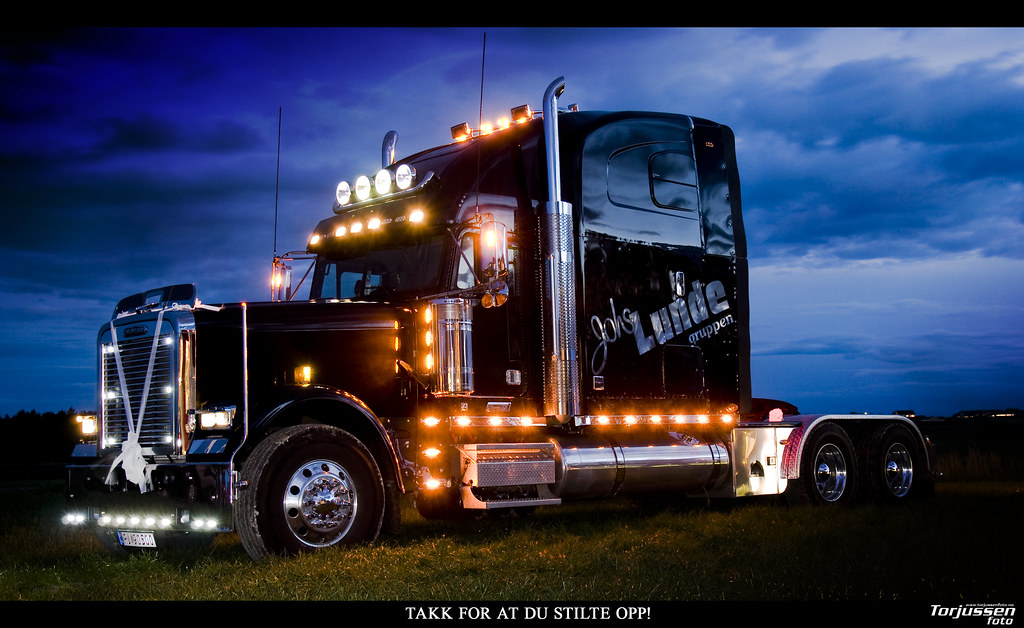
Driving a loaded semi-truck is not merely a job; it’s a profound responsibility that demands unwavering vigilance and an ironclad commitment to safety. With these massive vehicles weighing over 80,000 pounds when fully loaded, the stakes on the roadway are incredibly high, as accidents involving them can often be catastrophic and devastating, leading to severe, life-altering injuries or, in the worst cases, fatalities. While a University of Michigan study noted that commercial vehicle accidents are primarily caused by passenger cars in a significant majority of cases, the onus remains on professional drivers to uphold the highest safety standards.
Indeed, the statistics underscore the critical nature of proactive safety measures. With more vehicles than ever on today’s roads, the potential for road danger is amplified, making a safety mindset absolutely vital for every truck driver, regardless of their experience level. The Federal Motor Carrier Safety Administration (FMCSA) and the National Highway Traffic Safety Administration (NHTSA)’s Large Truck Crash Causation Study (LTCCS) revealed that drivers were responsible in 87% of cases, primarily due to decisions and awareness issues such as excessive speed, tailgating, distractions, and inattention.
This article, structured as a practical guide, aims to empower truck drivers with 10 essential safety tips. We’re here to provide actionable advice and solutions to real-world challenges, ensuring you and your valuable payload arrive safe and sound. From the crucial moments before you even turn the key to the fundamental practices on the open road, these insights are designed to enhance your defensive driving skills and overall safety, helping you navigate the demands of long-haul trucking with confidence and competence. Read on; these tips may very well end up saving your life, safeguarding both your wallet and your well-being.

1. **Prioritize Driver Well-being**The most important asset in the truck is undeniably you, the driver. Ensuring your physical and mental well-being isn’t just a personal choice; it’s a critical safety imperative that directly impacts your ability to operate an 80,000-pound machine safely. Neglecting your health can lead to fatigue, reduced reaction times, and impaired judgment, all of which are significant contributors to accidents on the road. Therefore, a healthy truck driver is a safe truck driver, making self-care your first line of defense.
Focusing on getting better sleep on the road is paramount. Given the demanding schedules, setting a goal to get 7+ hours of sleep nightly is crucial to combat truck driver fatigue, which the FMCSA recognizes as a real and dangerous threat. Adequate rest ensures you remain alert and focused, particularly during long stretches of driving when attention can wane. This proactive approach to sleep management is a cornerstone of safe driving.
Beyond rest, incorporating exercise and stretching into your routine is vital to counteract the sedentary nature of the job. Even short walks during breaks can improve circulation and reduce stiffness, contributing to better physical condition. Furthermore, cooking healthier meals in your truck can prevent the energy crashes associated with poor nutrition, maintaining steady energy levels throughout your shift. Investing in items like sunshade covers and a seat cushion also enhances comfort, reducing strain and fatigue during prolonged periods behind the wheel.
Finally, take the time to get comfortable before you even start the engine. Adjust the steering wheel, seat height, and seat back to ensure optimal ergonomic positioning throughout your drive. Get your GPS ready before you turn the key to avoid fumbling with devices later. Plan to take breaks every few hours, and when you do, park in a safe spot, not on the shoulder, and get out to walk around. These small adjustments cumulatively contribute to a more comfortable, alert, and ultimately safer driving experience.
Read more about: Decoding the Price Tag: 11 Historical Pricing Strategies That Shaped Modern Business and Society
2. **Conduct Comprehensive Trip Planning**Before hitting the road, meticulous trip planning is not just a suggestion; it’s a non-negotiable safety practice. This might sound like a no-brainer, but as the adage goes, there’s no such thing as too much planning, especially when it comes to safely traversing thousands of miles with heavy freight. Being up-to-date on all relevant conditions ensures you’re prepared for whatever the road throws your way.
Your trip plan should thoroughly cover essential factors such as weather, road conditions, traffic patterns, construction zones, and even low bridges. Inclement weather, for instance, leads to 21% of crashes, highlighting the need to utilize bad weather tips and adjust your driving accordingly. Identifying congested route segments beforehand can help you anticipate the need to slow down or even consider an alternate path, mitigating the increased accident likelihood associated with high traffic areas. Driving regulations, which vary by state, must also be on your radar.
Moreover, planning extends to anticipating potential hazards beyond just road conditions. High crime areas, for example, can be magnets for shipments attracting theft, endangering drivers. Many cargo thefts and hijackings occur within a few miles of the load’s origin, emphasizing the importance of choosing safe stops and avoiding poorly lit or remote places. Preparing well in advance allows you to navigate these risks more effectively.
Always have contingencies. Rough weather conditions can lead to satellite communication going out, which is why we advise conducting a pre-trip DOT inspection of your vehicle and planning to have hard-copy maps of the route you’re driving in case the GPS navigation system fails. For example, if you anticipate encountering patchy snow or ice, bring snow chains and a first-aid safety kit. As the context emphasizes, you can never prepare enough for the unknown, making thorough, multi-faceted planning an indispensable habit for every professional driver.
Read more about: Navigating the High Stakes: 14 Essential Questions to Ask Your Celebrity Financial Manager for Unrivaled Wealth Protection and Growth
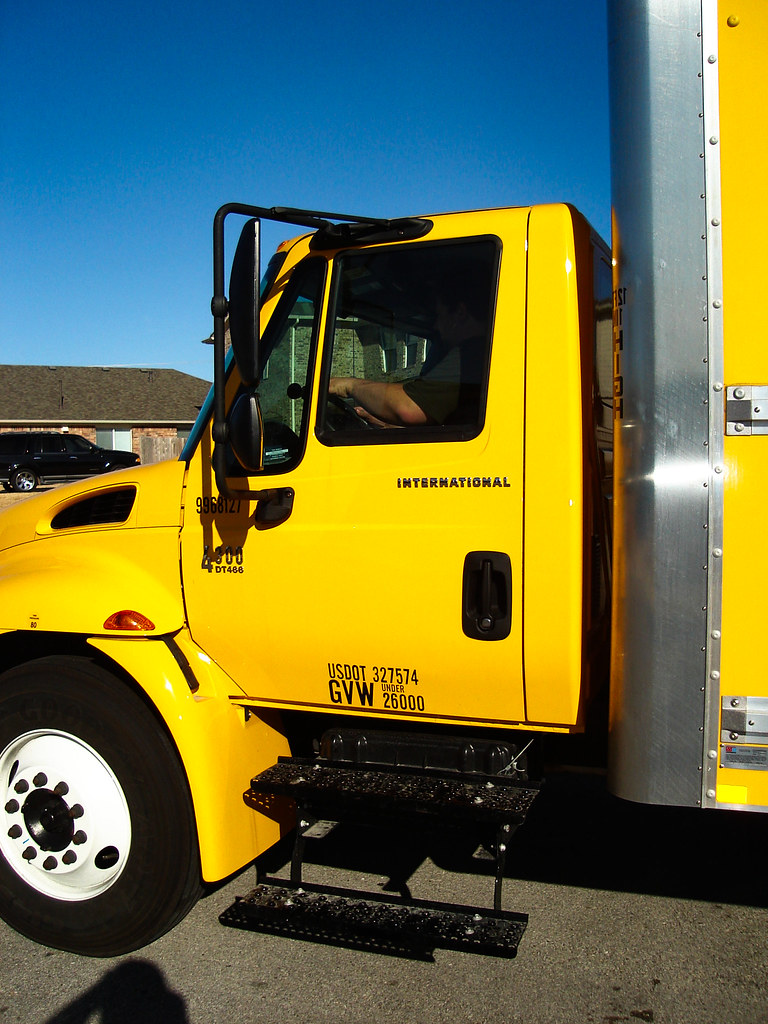
3. **Prepare a Truck Driver Emergency Kit**Having a well-stocked emergency kit in your truck at all times is not a luxury; it’s a fundamental aspect of preparedness that can significantly mitigate the impact of unforeseen circumstances on the road. This essential kit keeps you ready for a wide array of emergencies, from the unpredictable forces of nature to unexpected mechanical failures or personal health problems, ensuring you can handle situations independently until help arrives.
The contents of your emergency kit should be tailored to your specific driving profile. Consider what type of driver you are, the nature of the freight you haul, and the typical climate you drive in. For instance, a driver operating in snowy regions would need different supplies than one primarily in arid climates. This customization ensures that your kit is genuinely effective and relevant to the challenges you are most likely to face, making it a truly practical tool for safety.
While you can consider purchasing a pre-made kit online, assembling your own allows for greater personalization and control over the quality and specific items included. Essential items typically include a first-aid kit, jumper cables, a flashlight with extra batteries, reflective triangles or flares, a basic tool kit, and warm blankets. Additional items like non-perishable food, water, a fire extinguisher, and a sturdy shovel can also prove invaluable, preparing you for extended delays or more severe roadside incidents.
Remember, the purpose of an emergency kit is to provide immediate solutions and comfort during stressful events. Whether it’s a minor breakdown, an unexpected weather front, or a personal health issue, having these provisions on hand can make a substantial difference in maintaining your safety and reducing anxiety. A prepared driver is a resilient driver, ready to face the challenges of the road with confidence, knowing they have the means to manage an emergency.
Read more about: Unlock Safer Roads: 14 Simple Driving Habits That Can Slash Your Accident Risk by Over 40%
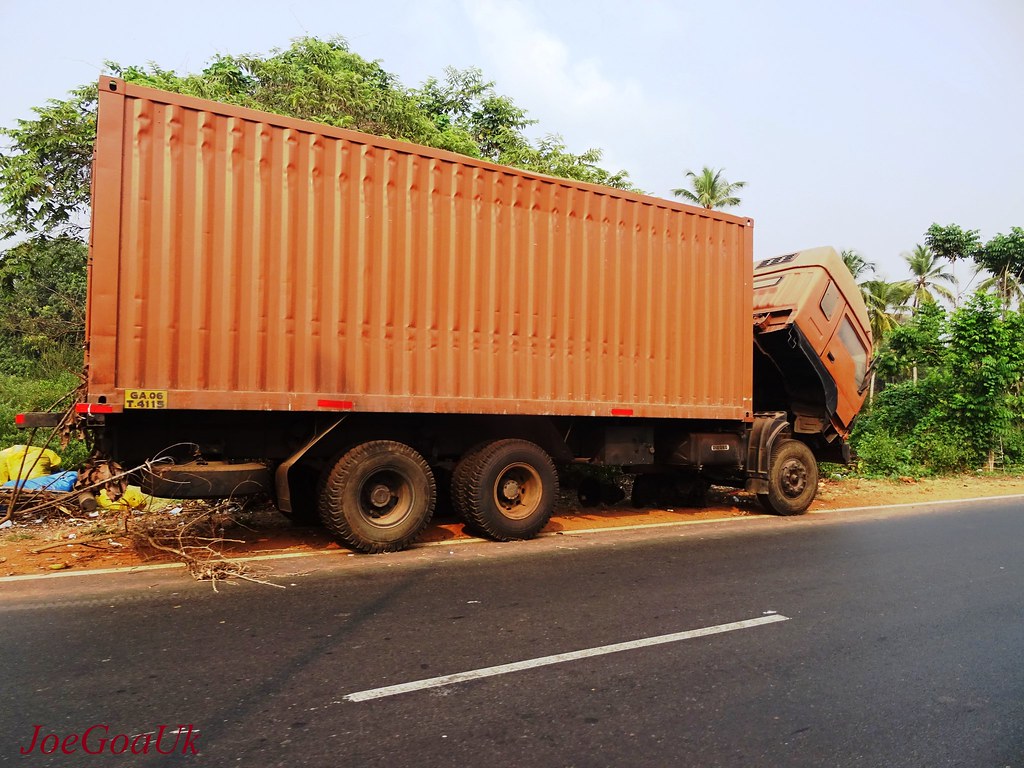
4. **Perform Thorough Pre-Trip Vehicle Inspections**Before ever turning the key, a thorough pre-trip vehicle inspection is a mandatory and critical safety measure for any commercial truck driver. Federal rules, specifically FMCSA’s Section 396.11, mandate at least one daily inspection, which must be documented in your hours of service log. This isn’t just about compliance; it’s about detecting equipment flaws before they jeopardize safety on the highway, ensuring your vehicle is in tip-top shape to handle the demands of the journey.
The pre-trip inspection serves as your proactive defense against mechanical failures, which, while only contributing to 10% of crashes in the LTCCS study, can still have catastrophic consequences. By methodically scrutinizing your truck’s components, you can identify and address issues such as topping off brake and power steering fluid, ensuring your freight’s height and weight don’t exceed your tractor-trailer’s capacity, and verifying that tires can handle challenging road conditions. Staying up to date on repairs and vehicle maintenance is a hallmark of safe drivers.
Prioritize key areas during your vehicle check. The steering system, for instance, demands assessment of steering column play, rack components, power steering fluid levels, and the condition of steering tires. For the braking system, inspect the air compressor, brake lines, pads, drums, calipers, and ensure the low air pressure alarm and brake lights are fully functional. These components are vital for maintaining control and stopping an 80,000-pound vehicle safely.
Beyond these critical systems, scrutinize other areas such as the fifth wheel assembly, headlights, marker and signal lights, and all tires. A flat tire with a nail in it or a burnt-out trailer light are issues you don’t want to discover midway through a trip. If you are ever unsure about inspection details, approved checklists from FMCSA, USDOT, mechanic shops, or Buchanan Hauling’s Service Department are readily available. These inspections are crucial for safety and must never be neglected, saving you time, money, and potentially your life.
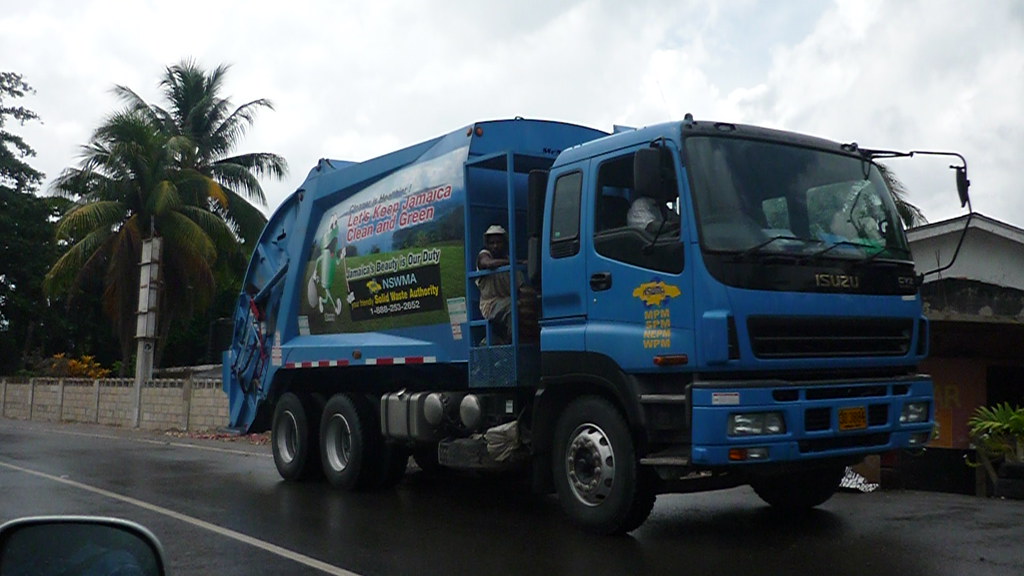
5. **Maintain Three Points of Contact During Entry and Exit**One of the most foundational yet frequently overlooked safety practices involves the simple act of entering and exiting your truck. When getting in and out of your tractor, it is absolutely essential to always maintain three points of contact. This means having either two hands and one foot, or two feet and one hand, firmly on the vehicle at all times. This seemingly small habit is a powerful preventative measure against common and dangerous accidents.
The reason for this strict adherence lies in the statistics: slips, trips, and falls are common causes of injury for truck drivers. The elevated height of a semi-truck’s cab, combined with potentially slippery steps or uneven ground surfaces, creates a significant risk. Rushing the process or attempting to carry items while entering or exiting drastically increases your chances of losing balance and sustaining an injury. Don’t risk it by rushing; prioritize your stability.
To ensure both hands are free to maintain a firm grip, make it a habit to set food, beverages, paperwork, or any other items on your seat or floor before you begin your descent or ascent. This simple preparatory step allows you to fully dedicate your limbs to maintaining secure contact with the vehicle’s grab handles and steps, providing maximum stability and reducing the likelihood of a fall. Your hands are your primary tools for securing yourself, so keep them unburdened.
This principle extends beyond just the cab. Whether you’re climbing onto the trailer or maneuvering around any part of the truck, consistently applying the three points of contact rule is a cornerstone of personal safety. It’s a fundamental habit that, when ingrained, significantly reduces the risk of injury from falls, ensuring you remain healthy and capable of performing your duties on the road. Small safety habits, consistently applied, yield major dividends in preventing accidents.
Read more about: 12 Smart Home Products That 15 Security Experts Say Demand Your Immediate Attention
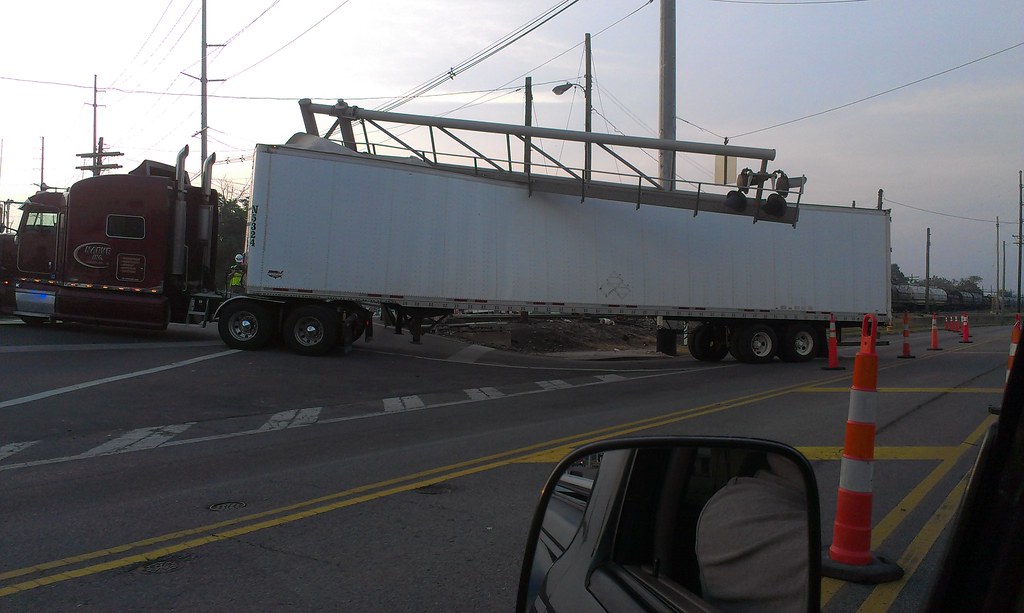
6. **Practice Proactive Defensive Driving Principles**In the unpredictable environment of today’s roadways, practicing defensive driving is your greatest safeguard, considering that you ultimately lack control over other drivers’ actions. A University of Michigan study underscored that commercial vehicle accidents were primarily caused by passenger cars in a vast majority of cases, highlighting that many motorists lack safe practices around big trucks. Your ability to anticipate, react, and protect yourself and others is paramount, making defensive driving an indispensable skill for every truck driver.
Defensive driving involves a constant state of awareness and a commitment to predictable movements. This means being acutely aware of your surroundings, scanning ahead about one to two city blocks for potential traffic issues, construction zones, or other dangers on the road. Maintaining your lane consistently protects other vehicles by creating a solid space cushion around your truck. Always remember that an unbalanced load can cause a truck to swerve or rollover, which is a huge safety hazard for others, so proper load securement is an inherent part of defensive driving.
Speed management is another critical aspect. While truck drivers often face tight deadlines, the mantra “slow and steady wins the race” holds true for safety. It might be tempting to go just a few miles above the speed limit, but you must always follow the posted speed limit, even if no one seems to be near you. A safe driver is better than a dead one, and aggressive driving significantly escalates risk. Large trucks should also reduce speed on curves, often 5-10 mph below the posted limit, to prevent tipping due to the vehicle’s high center of gravity.
Crucially, never take your eyes off the road. This cannot be emphasized enough. Staying aware of your surroundings, checking your mirrors every 3-10 seconds, diligently following distance protocols, and being acutely aware of vehicles entering the lanes next to you will help ensure you and your payload arrive home safely. Always buckle up; wearing a seatbelt is perhaps the most life-saving tip, accounting for more than 60% of fatal crashes when not worn. These intuitive practices, though challenging to remember after long hours, are the bedrock of road safety and can truly save a life.
Read more about: Navigate the Storm: 13 Essential Strategies for Drivers to Safely Handle Aggressive Road Rage Encounters

7. **Maintain a Safe Following Distance**Given the immense weight and length of a loaded semi-truck, maintaining a safe following distance is not merely good practice—it is an absolute necessity. Large trucks require significantly more stopping and following distance compared to passenger vehicles. A general rule of thumb is to keep a safe distance of seven to eight seconds between your truck and the vehicle immediately in front of you at all times. This expanded cushion provides the crucial time and space needed to react to sudden changes in traffic flow or unexpected braking by other drivers.
To put this into perspective, most truck and bus drivers will need at least two football fields of length to come to a safe stop. This is a stark contrast to the stopping distances of smaller vehicles, which drivers of passenger cars often fail to appreciate when they cut in front of large trucks. The FMCSA guidelines provide a more precise measure: 1 second per 10 feet of vehicle length at 40 mph, with an extra second for speeds over 40 mph. For a Class A truck and trailer, which is typically around 72 feet long, this translates to roughly 7 seconds under 40 mph and 8 seconds over 40 mph, reinforcing the need for ample space.
Furthermore, environmental conditions demand an even greater following distance. In bad weather, such as rain, snow, ice, or heavy fog, increase your distance to as much as 14 seconds or more. Adverse conditions severely reduce tire traction and visibility, making extended stopping distances even more critical. Failing to adjust your following distance in these situations dramatically escalates the risk of a rear-end collision, which constitutes 22% of critical events leading to collisions according to the LTCCS study.
Consistently applying this principle of maintaining a generous space cushion not only gives you the necessary reaction time but also provides other drivers with more visibility and room to maneuver safely around your large vehicle. It is a fundamental defensive driving technique that helps prevent accidents and ensures a smoother, more secure journey for everyone on the road. This seemingly simple practice is one of the most effective ways to safeguard yourself, your cargo, and the motoring public from potential hazards.
Read more about: The 15 Most Common Reasons Drivers Fail Their Road Test: Essential Fixes for Your DMV Exam
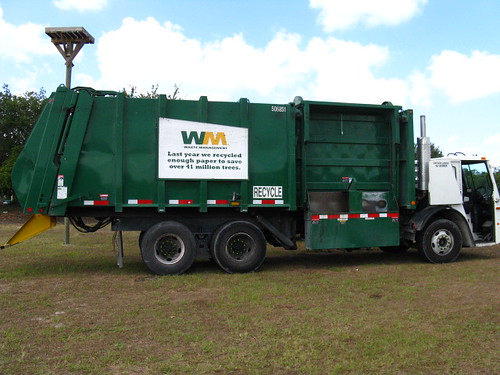
8. **Take Time Changing Lanes**Making a safe lane change in a semi-truck is an advanced maneuver that demands precision, patience, and meticulous observation. Due to the sheer size and blind spots inherent to these vehicles, a hurried or careless lane change can lead to devastating consequences, particularly for smaller passenger cars that may be traveling alongside. The “Take 10” method offers a structured, reliable approach to minimize risks and ensure every lane change is executed with the highest degree of safety.
Implementing the “Take 10” method begins with a thorough check and double-check of all mirrors and blind spots. You need to be absolutely certain there is ample room for your entire rig to comfortably transition into the adjacent lane. This means more than a quick glance; it requires a sustained visual sweep to account for rapidly approaching vehicles that might not be immediately visible. Signal your intentions clearly for at least three seconds, allowing other drivers sufficient time to react and understand your upcoming move, enhancing predictability on the road.
Once you’ve signaled and confirmed the space, take at least seven seconds to complete the lane change itself. This isn’t a race; it’s a deliberate, controlled movement. Throughout this process, your eyes should continuously scan your mirrors, keeping tabs on the lane you’re entering to ensure it remains clear and safe. Predictability is your ally, so avoid sudden swerves or rapid accelerations. A smooth, gradual transition not only provides greater stability for your vehicle but also allows other drivers to anticipate your actions and adjust their speeds accordingly.
Read more about: Game Changers: 13 Simple Sports Rules That Were Radically Different Just Over a Decade Ago
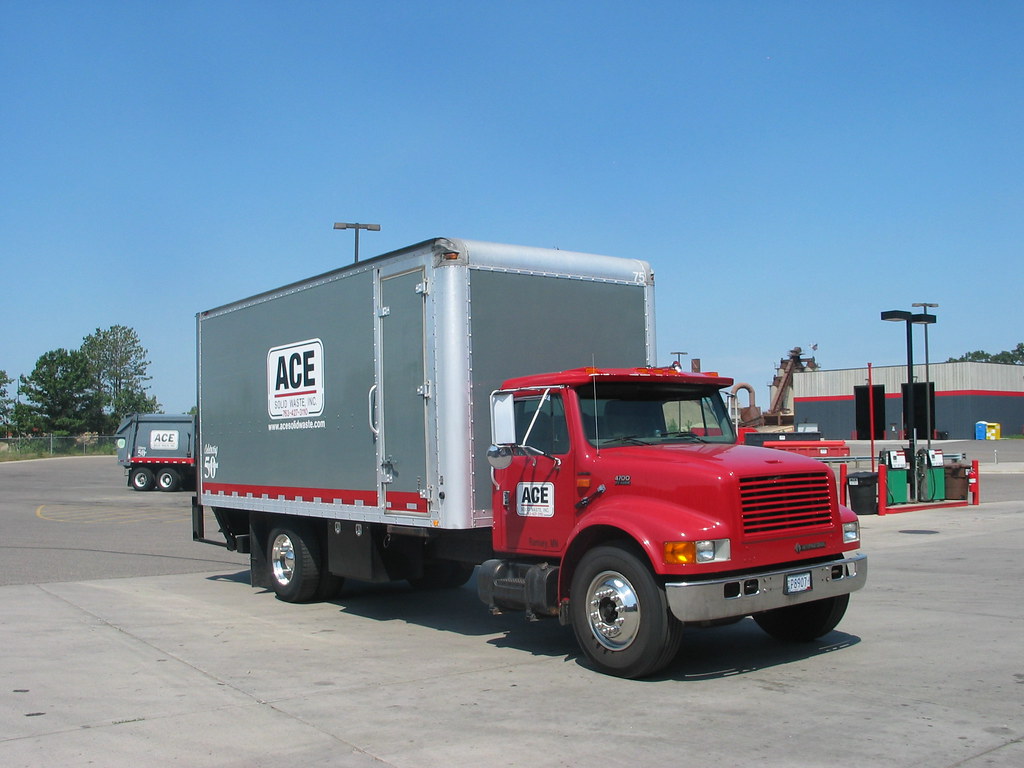
9. **Pay Extra Attention to Work Zones and School Zones**Driving through work zones and school zones presents a unique set of challenges and heightened risks for commercial truck drivers. These areas are characterized by unexpected changes in traffic patterns, reduced speed limits, the presence of vulnerable pedestrians—especially children—and often, workers and heavy machinery operating in close proximity to the roadway. Statistics tragically show that roughly one-third of all fatal work-zone accidents involve large trucks, underscoring the critical need for extreme caution.
In these sensitive environments, your primary directive is to significantly slow down and be prepared to stop at any moment. The dynamic nature of work zones means traffic flow can halt abruptly, while school zones can see children darting into the street without warning. Leave an exaggerated amount of space in front of your truck; this generous cushion provides the necessary reaction time to sudden braking or unexpected obstacles, mitigating the increased likelihood of rear-end collisions that often occur in congested conditions.
Maintaining heightened situational awareness is paramount. Actively scan ahead for signs of changing conditions, such as lane closures, temporary barriers, or workers and equipment. Simultaneously, continuously check your blind spots for personnel or machinery that might be operating close to your vehicle. Uneven road surfaces, common in construction areas, also demand a reduced speed to prevent loss of control. Always obey posted signs and flaggers; their directions are critical for navigating these complex areas safely and protecting everyone involved.
Read more about: Unlock Safer Roads: 14 Simple Driving Habits That Can Slash Your Accident Risk by Over 40%
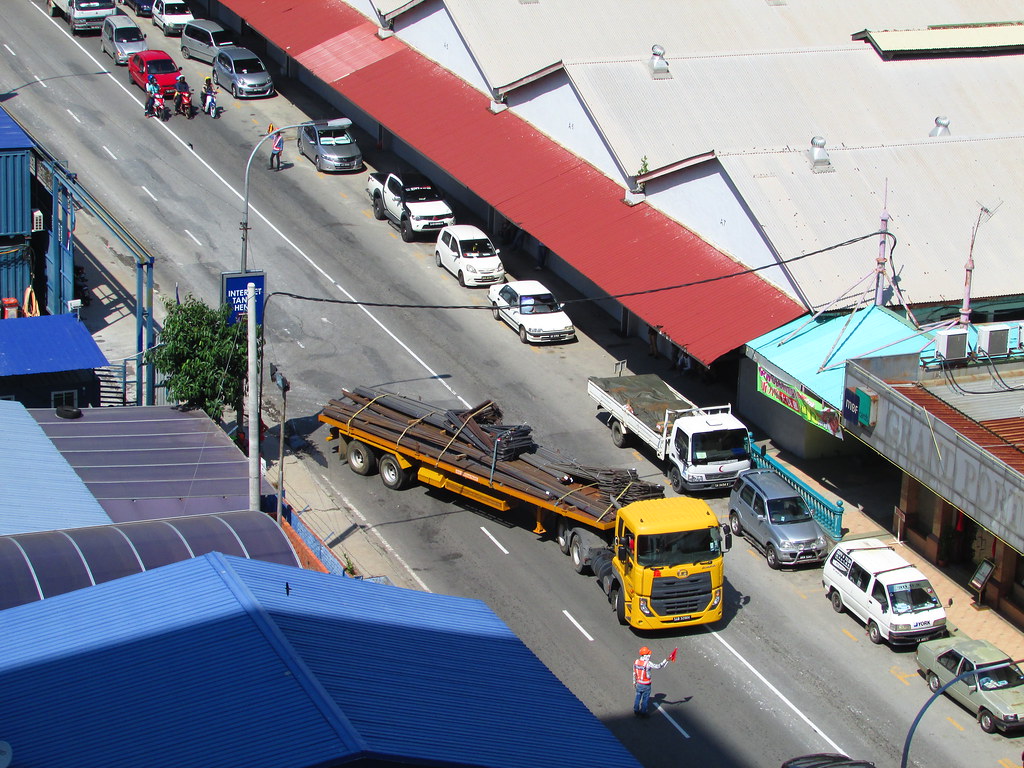
10. **Stay Alert of Your Surroundings (Blind Spots & Scanning)**For every truck driver, mastering situational awareness means truly understanding and actively managing the “no-zone” blind spots inherent to a large commercial vehicle. These extensive blind spots are areas around your truck where you, as the driver, cannot see other vehicles, making them incredibly dangerous. Failing to account for these zones before making any maneuver—whether it’s changing lanes, turning, or slowing down—signifies a significant safety lapse that can easily lead to a collision.
Specifically, remember the key “no-zone” areas: the lane on the driver’s side, extending back to half the length of the trailer; two full lanes wide on the right side of the truck; the twenty feet directly ahead of the truck; and the thirty feet immediately behind the truck. If you cannot clearly see a passenger vehicle driver in your side mirrors, it’s a near certainty that they cannot see you either. This simple rule of thumb should guide your actions and interactions with all other road users, especially those in smaller vehicles.
To effectively counter these inherent blind spots, develop a consistent and disciplined scanning pattern. Experienced truck drivers scan ahead about one to two city blocks, looking for potential traffic issues, construction zones, or other dangers. Equally important is the frequent checking of your mirrors, every three to five seconds, along with scanning your west coast mirrors, hood mirrors, the road ahead, and your gauges. This constant visual vigilance allows you to maintain awareness of vehicles around you, leaving plenty of room for their actions and proactively identifying potential hazards before they escalate into emergencies.
Driving a loaded semi-truck is an immense responsibility, a commitment to vigilance that extends far beyond the open road. These 10 essential safety tips, from meticulous pre-trip preparations to mastering on-road maneuvers and adhering to crucial destination protocols, form a comprehensive blueprint for every professional driver. By integrating these actionable insights into your daily routine, you not only enhance your defensive driving skills but also contribute to a safer environment for everyone sharing our nation’s highways. Remember, your dedication to safety doesn’t just protect your cargo; it safeguards your well-being, your career, and the lives of countless others. Drive smart, drive safe, and make every mile a testament to your professionalism.




